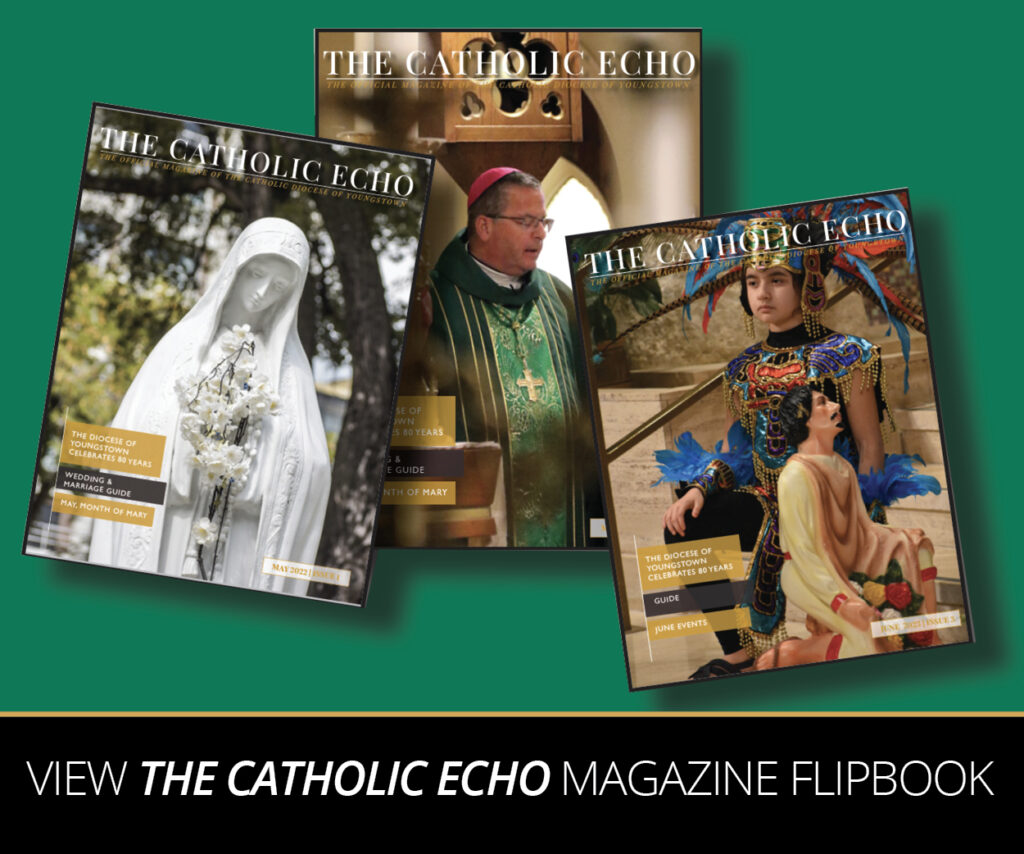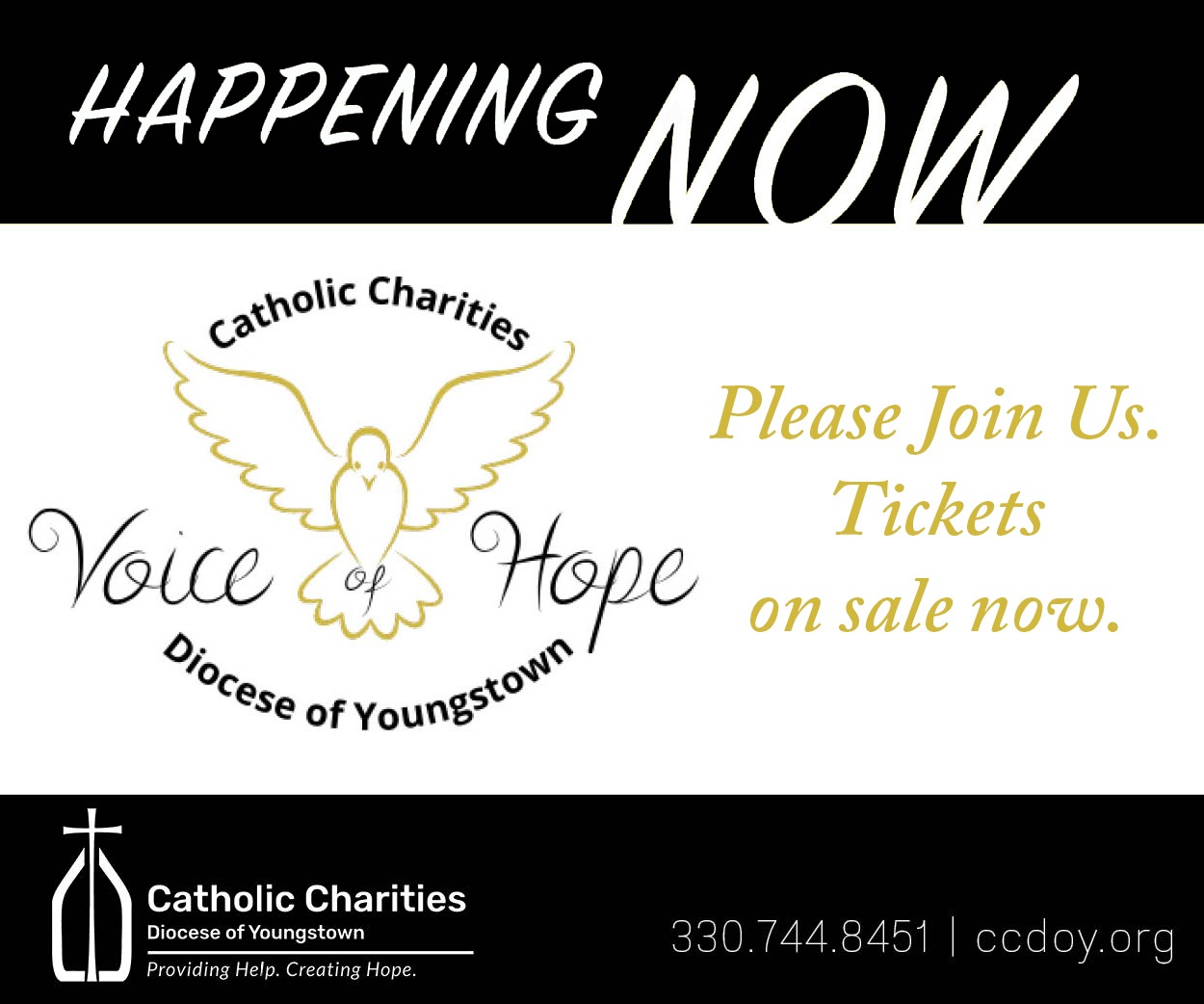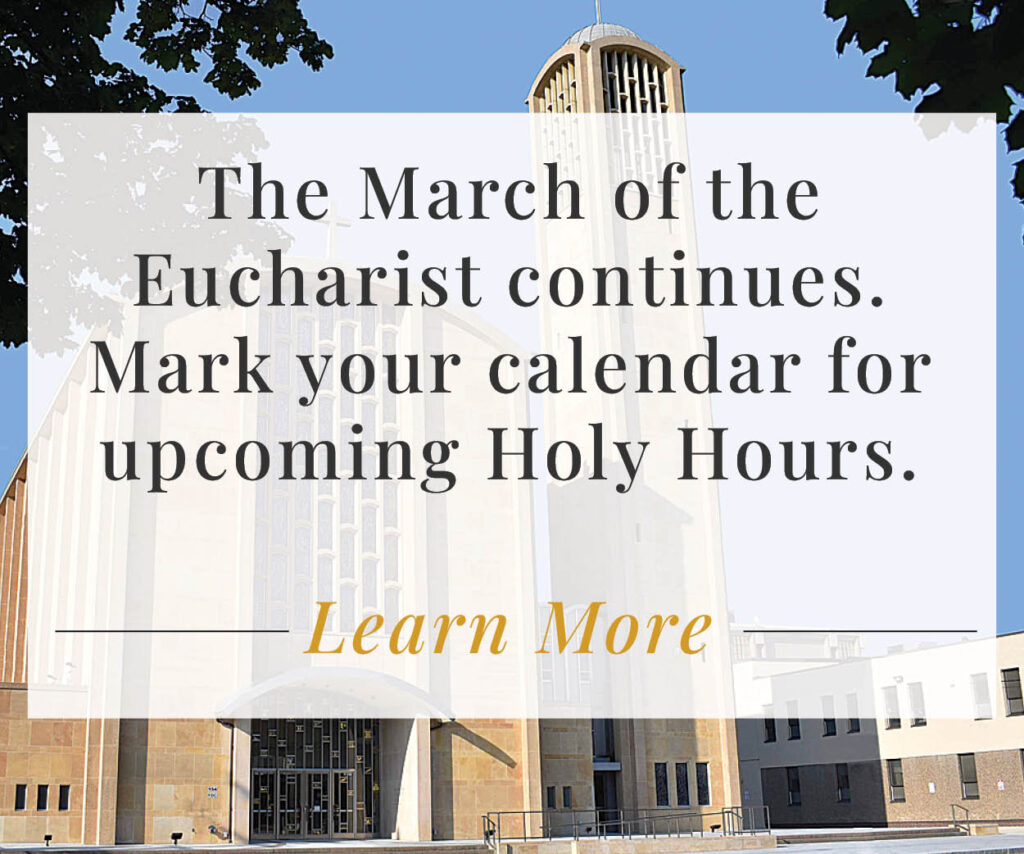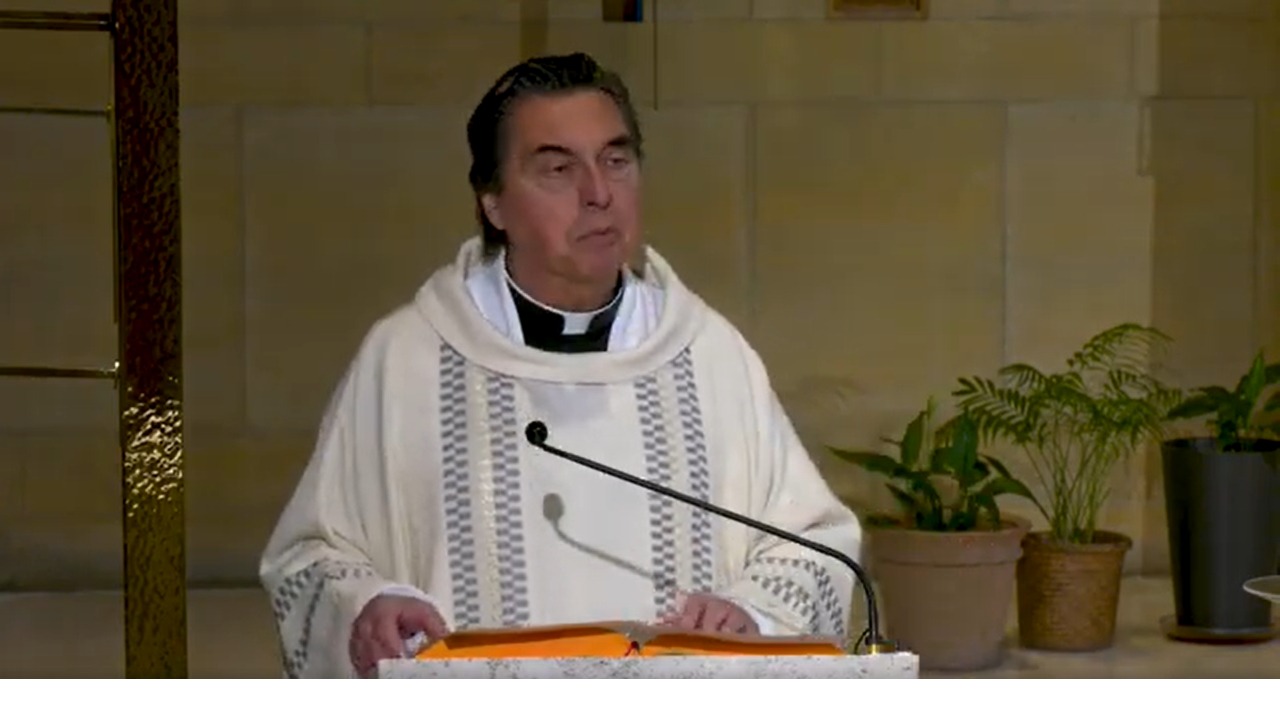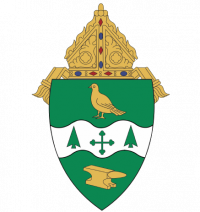
When I was a freshman at Ursuline High School in the early 1960s, many Monday morning religion classes were also a history lesson. “Why?” you ask. Well, our religion teacher was Father James Kolp (now the diocese’s oldest living priest) who taught during the week and then was pastor on the weekends at St. Philip Neri Parish in Dungannon, Ohio. The rich and long history of this rural parish marks a foundational presence of the Church in Columbiana County and northeastern Ohio.
Each Monday morning, Father Kolp would spend the first several minutes of class sharing what was going on in Dungannon. Over the course of time, he introduced us to Father E. W. J. Lindesmith, who was from the area and pastored the parish. When Father Kolp shared a picture of Father Lindesmith, I think most of us in class were more than surprised that the photo seemed to be a likeness to characters like Davey Crockett and Daniel Boone. The good priest looked rugged and dressed the part of a “backwoods” pioneer. His tenure as a pastor and army chaplain for several years in Montana added to his pioneer spirit and ministry.
Father Kolp also introduced us to a 1951 volume commissioned by Youngstown’s first bishop, James McFadden, titled The March of the Eucharist, which chronicled the history of all the parishes in our diocese at the time.
In the Forward of the volume on page VII, Bishop McFadden wrote the following:
“Devotion to Christ the King in the Eucharist is the source and inspiration of all Catholic action.”
The March of the Eucharist is filled with references to American life and is heavily influenced by World War II, which was still fresh in the minds of many adults in 1951. The Catholic vision and energy for building new churches and schools for the growing Catholic population was certainly part of the post-war experience across our nation. In addition, the tremendous immigration of workers into northeastern Ohio’s massive steel and manufacturing facilities of the era became a source of ethnic positioning into the American way of life. The March of the Eucharist certainly continues in every generation.
In his homily at the 80th anniversary liturgy of our diocese on Sunday, June 25, our bishop David Bonnar commented that the Eucharist strengthens our resolve to share the joy of the Gospel in our communities and to invite others to join us.
At the U.S. bishops’ recent meeting in Baltimore, Archbishop Christophe Pierre, the Pope’s delegate to our country, reminded all of us that the worldwide synod process we are involved in is an ongoing journey. He brought up three areas that enliven and enlighten the journey. As I read and pondered over his comments, I realized that he spoke to our nation’s bishops, but could have easily spoken these words in any parish at Sunday Mass.
++Encountering one another personally on various levels will help us discover and understand our history and who we are in that history.
++Listening to one another is crucial for ultimate unity, and that listening needs to be attentive to questions asked, concerns raised and the realities behind the questions and concerns.
++Living the Eucharist is our mission and discerning the changes needed to live the Eucharist more fully is an ever-evolving task.
Archbishop Pierre continued by making references to living the Eucharist with service ministries like Catholic Charities that respond to a variety of different needs globally, nationally and locally. He stressed that the synodal journey is more like a compass than a GPS. It’s not just another set of meetings, it’s about being a Church for the future.
In regards to Eucharist, he quoted Pope Benedict who said, “We don’t keep [the Eucharist] to ourselves, we share it.”
Obviously, listening and engaging is crucial and not very easy. If we truly listen, we will hear of different realities in congested city tenements, small town neighborhoods and expansive rural farms.
Archbishop Pierre’s compass and GPS analogy is enlightening because it reminds us that “one size does not fit all.” If we really listen, we will learn that open minds take us in new directions.
In June, 2022, a documentary was released of Pope Francis talking with 20 young people from a wide variety of backgrounds and experiences. The Pope’s classic engaging smile is backed by a powerful visual example of listening. Entitled The Pope Answers, the film shows our Holy Father’s leadership by service and listening—not just by the power of his position.
For eighty years, the Catholic Church in northeastern Ohio as made its way down many roads of history, faith, personal experiences and Gospel joy. The stories of our history are cherished and are as important as our family stories.
In conclusion, thank you to Father Kolp and other church historians. Father Kolp holds a special place in our diocesan history as he entered our burning cathedral on September 2, 1954, and removed the Blessed Sacrament from the inferno. Father Kolp also authored a 2004 volume entitled The Amazing Father Lindesmith.
In deed and in truth, the Eucharist marches on as we live out our faith in outreach to God’s people. We have been guided by the Holy Spirit for 80 years. Our footprints of faith are the good works we share in Gospel joy!

